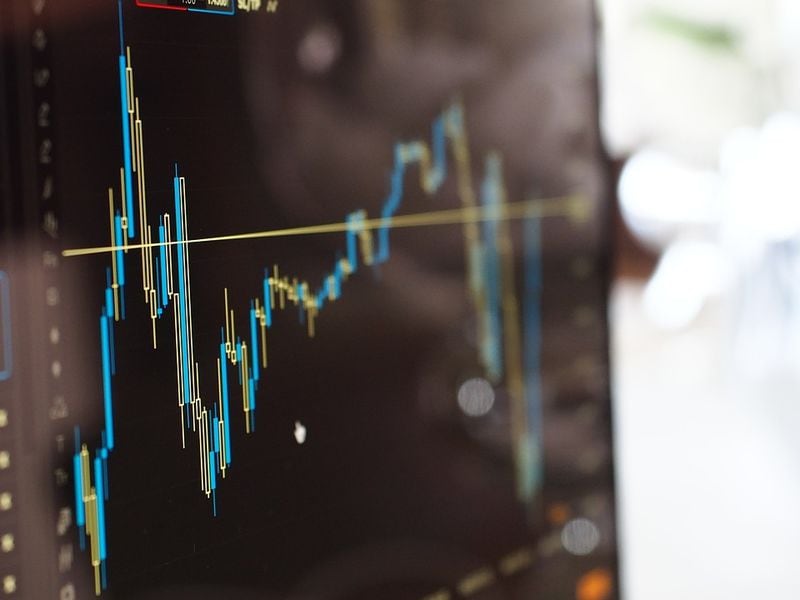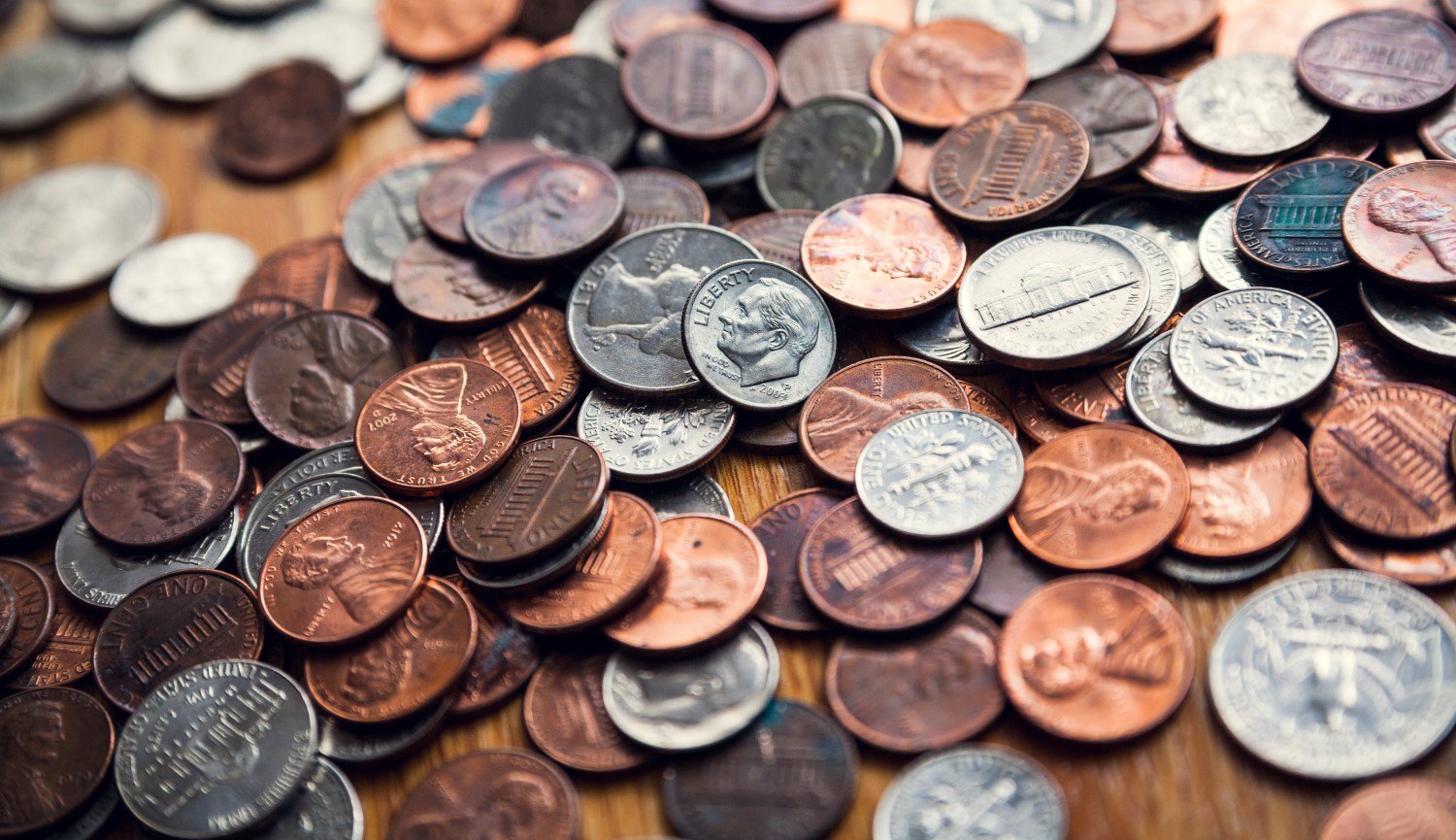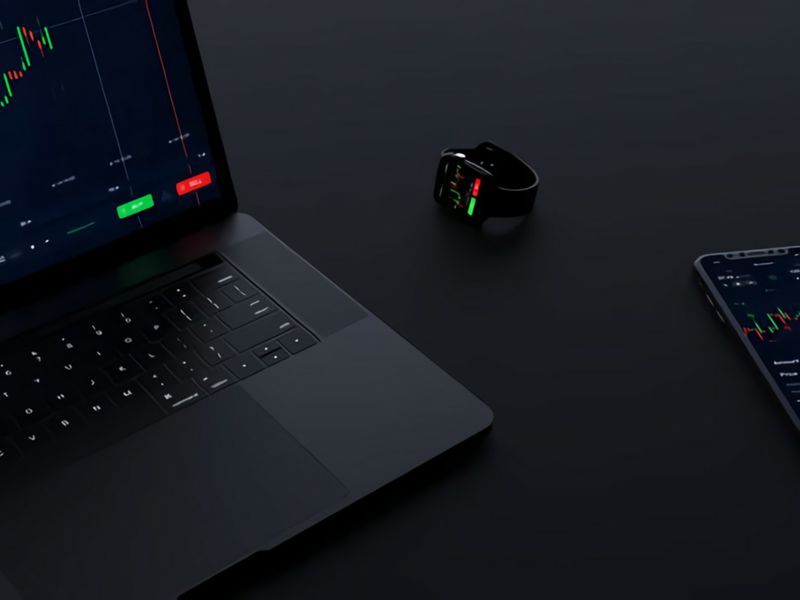First Mover: As Bitcoin Shoots Past $18K, There’s Comfort in the Crowded Trade
First Mover: As Bitcoin Shoots Past $18K, There’s Comfort in the Crowded Trade
Bitcoin’s ascent continues, with prices scaling the $18,000 mark during Asian trading hours. In a sign of persistent dip demand, sudden pullback to $17,200 seen following the breakout to fresh 34-month highs was quickly reversed.
“Bitcoin will now be setting its sights on the all-time high of $20,000,” Simon Peters, crypto asset analyst at multi-asset investment platform eToro, said in an email. “The last time bitcoin hit the $20,000 mark was in 2017 and retail investors piled in as they experienced crypto FOMO.”
In traditional markets, European shares and U.S. stock futures gained ground, and safe havens such as gold and the dollar weakened as investors continued to price in prospects of swift global recovery on potential coronavirus vaccines.

Market Moves
Has betting on bitcoin become a crowded trade?
That was the assessment of some 4% of global fund managers in a monthly survey published Tuesday by Bank of America, when asked to name the “most crowded trade.” The response “long bitcoin” ranked behind “long U.S. tech” (65%), “short U.S. banks” (11%), “long corporate bonds” (9%) and “long gold” (5%):

A few things come to mind.
1) It’s hard to argue that “long bitcoin” is particularly crowded right now, given how many big investors have yet to assert that the trade has any merit at all. On Tuesday, Ray Dalio, CEO of Bridgewater Associates, the world’s largest hedge fund, tweeted several “problems with bitcoin being an effective currency,” including its limited usability as a form of payment. “What am I missing?” Dalio wrote. (#CryptoTwitter had plenty of responses for that.)
According Mati Greenspan, founder of the foreign exchange and cryptocurrency research firm Quantum Economics, price-chart patterns suggest that bitcoin was “due for a pullback a long time ago.”
“But the fundamentals are firmly in control right now as increasingly large players are entering this tiny market,” Greenspan wrote Tuesday.
In other words, people are just starting to arrive.
2) If the trade is crowded, then a lot of investors must be overjoyed at how well it’s working out this year. Bitcoin shot past $17,000 Tuesday, and then $18,000 early Wednesday, rising to levels not seen in three years, with prices up more than 150% year-to-date. That compares with 12% for the Standard & Poor’s 500 Index of large U.S. stocks. This might be a sign that the rally is overdone. But as discussed previously by First Mover, a lot of investment decisions are made on the basis of backward-looking track records. Few big banks have made a serious push into cryptocurrencies, but Germany’s Deutsche Bank has described bitcoin as the world’s best-performing asset in 2021.
“If you knew 10,000 people who owned bitcoin, you could phone all of them and congratulate them on their success,” Matt Blom, head of sales and trading for the cryptocurrency firm Diginex, wrote Tuesday. “Thing is, you don’t know 10,000 people who own Bitcoin, you probably only know a handful. And they will all say the same thing: `I don’t own enough.’”
3) Market signals suggest that interest among big investors is growing, not plateauing – indicating that there’s no shortage of traders looking to put more money into the trade. Open interest in bitcoin futures has climbed to above $6 billion from $4 billion as recently as October, according to the data firm Skew. Even those amounts are still tiny fractions of bitcoin’s total market capitalization, currently about $325 billion.

4) The number of active bitcoin addresses recently climbed to about 1.2 million, but that’s still a touch below levels witnessed during bitcoin’s bull run of 2017, when prices surged to an all-time high near $20,000. According to the Norwegian cryptocurrency analysis firm Arcane Research, “the number of active addresses has grown more organically in 2020, without a surging and dramatic spike as witnessed in late 2017.”
“The increase in active addresses indicate that bitcoin is seeing increased usage and adoption,” Arcane wrote Tuesday in a report. “This is a bullish and healthy sign and underlines the strength of the current bull run.”

5) The reality is that nobody really knows how to value bitcoin. It’s an 11-year-old cryptocurrency, too short of a timeline to really evaluate what it might be worth in the future, especially when neither Federal Reserve nor private economists can agree on the likelihood of eventual runaway inflation from this year’s trillions of dollars of coronavirus-related stimulus, or on the impact of epochal changes like the shift to remote working. Bitcoin has no earnings, so it can’t be valued like a stock, and it has no yield, so it can’t be valued like a bond. The price is really just a function of how many people want to buy it, versus the amount that’s created every day by cryptocurrency miners. (By the way that’s about 900 bitcoin per day, worth about $15.3 million at current prices.) Dalio argues that governments will “outlaw it and make it too dangerous to use” if bitcoin becomes too popular. But according to that same Bank of America fund-manager survey, some 3-4% of global fund managers think bitcoin is the asset class most likely to outperform in 2021. (Emerging markets ranked first, followed by the S&P 500, oil and gold.)
So roughly the same percentage of respondents see bitcoin prices climbing higher as those who see the trade as overcrowded. These are all just guesses about what the future holds, of course. A Citigroup analyst recently predicted the price could pass $300,000 by the end of next year.

Bitcoin Watch

Bitcoin’s recent rally from $10,000 to $18,000 looks similar to the steep rise to record highs near $20,000 seen in the final quarter of 2017. However, that does not necessarily mean the market is now nearing a top.
While the 2017 rally peaked in December, the current rally looks to have legs, according to the Mayer multiple, which is the the ratio of price to the 200-day moving average. At press time, the ratio stands at a 16-month high of 1.67. However, the metric is still well short of the 2.4 threshold that has historically signaled the final leg of the bull markets.
The ratio rose above 2.4 on Dec. 1, 2017, after which bitcoin doubled in value to $20,000 in just two weeks before falling back to $12,000 on Dec. 22. Similar price action was observed in April and November 2013 after the ratio rose above 2.4.
– Omkar Godbole
What’s Hot
CME sees record high open interest for bitcoin futures on wave of institutional inflows (CoinDesk)
Grayscale (a unit of CoinDesk parent company Digital Currency Group) says assets under management broke $10B (CoinDesk)
Mexico’s second-richest man reveals 10% of his liquid assets are in bitcoin (CoinDesk)
Crypto-friendly U.S. regulator Brooks gets nod from Trump to serve 5-year term leading OCC (CoinDesk)
Traders brace for major volatility as bitcoin price nears record high (CoinDesk)
Zcash undergoes first halving as major upgrade drops ‘Founders Fund’ (CoinDesk)
OKEx mining pool flatlines after 99.5% hash power drop as withdrawal suspensions spook clients (CoinDesk)
Analogs
The latest on the economy and traditional finance
U.S. retail sales lose speed as pandemic, lack of fiscal stimulus weigh (Reuters)
Saudi Arabia’s state oil company, Saudi Aramco, selling $8B of bonds to raise cash as low crude prices dent finances (Reuters)
Trump Fed nominee Judy Shelton (who advocated return to gold standard) fails key Senate procedural vote (CNBC)
New York tourisim industry, which supported 400,000 jobs and $46B of annual spending in local hospitality industry, won’t recover until 2025 (NYT)
Roughly 300 companies that received about $500M of emergency loans from the U.S. government have filed for bankruptcy (WSJ)
Tweet of the Day









